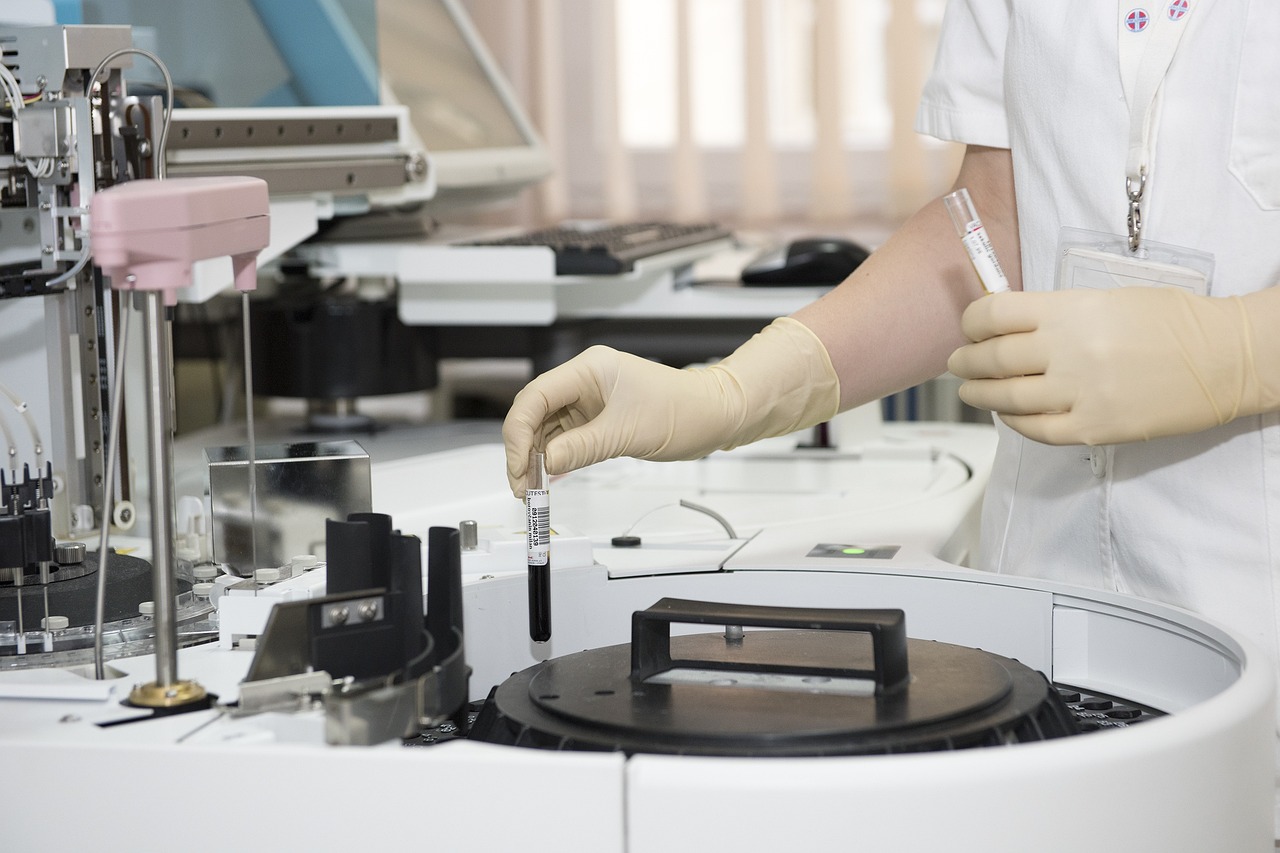Ketamine, also referred to as “Special K”, is produced legally in several countries, including the United States, primarily for medical and veterinary use as an anesthetic. According to the DEA, most ketamine is stolen from legitimate sources like vet clinics,or smuggled into the U.S. from Mexico. Due to the risk for abuse, drug testing for ketamine has become more widely available.
What Is Ketamine?
Ketamine is a dissociative anesthetic that makes people feel detached from pain and the environment. It has some hallucinogenic properties and is known to distort perceptions of sight and sound. It can induce a state of sedation, immobility, pain relief and amnesia, making it a useful tool for predators to facilitate sexual assaults.
Effects of ketamine usually begin to show within 10-20 minutes. However, they are short lived, only lasting between 30-60 minutes.
Ketamine is a Schedule III non-narcotic with accepted medical use for short term sedation and anesthesia. However, its also commonly used in the rave and nightclub scene, along with being a main ingredient in the drug cocktail known as “pink cocaine”.
Specimens Used for Ketamine Drug Testing
Ketamine can be detected in various biological specimens. The type of specimen chosen depends on testing factors like purpose, desired detection window, and method availability. Several specimen sources can be used for ketamine drug testing:
Urine:
- Most commonly used specimen
- Longer detection window
- Noninvasive collection
Blood:
- Shorter detection window
- More invasive collection due to the venipuncture process
- Usually reserved for medical or forensic purposes
Hair:
- Longest detection window, 90 days or longer
- More expensive testing method
- Less commonly used
Oral fluid:
- Shorter detection window
- Growing in popularity for workplace testing
- Noninvasive collection
When is Ketamine Testing Required?
Ketamine testing is not typically performed with standard drug panels. However, there are a few situations where testing may be performed on an “extended panel” that looks for one or more less commonly tested substances. Here are some situations where one of these extended panels may be performed:
Workplace Requirements: May be tested for when applying for a job, as a random test, post-accident or after hire. This is only done for non-DOT workplace testing, not DOT testing.
Research: Ketamine is being studied in the medical community for its proposed therapeutic benefits. Study participants may be tested regularly in order to monitor their compliance with clinical guidelines. This is important because researchers don’t want ketamine to be consumed outside of their controlled environment since it could produce data that’s invalid or skewed.
Medical Emergency: During emergencies when someone is showing signs of a drug overdose, testing can assist doctors with determining if ketamine is responsible for the symptoms, helping to ensure the proper treatment is given.
Other situations that may require an extended panel are law enforcement investigations, substance abuse treatment programs, child custody cases and post-mortem toxicology.
It’s important to note that the inclusion of ketamine in a drug test panel is relatively uncommon. If ketamine is being added to the panel, it may be due to “probable cause” or suspicion of use.
Does DOT Drug Testing Look for Ketamine?
The Department of Transportation (DOT) drug testing program, which covers safety-sensitive employees in transportation industries, does not currently include ketamine in its standard drug testing panel.
Instead, the DOT mandates testing for five specific drug categories which include: marijuana metabolites, cocaine metabolites, amphetamines (includes methamphetamine & MDMA), opioids (includes codeine, morphine, heroin, hydrocodone, hydromorphone, oxycodone, & oxymorphone) and phencyclidine (PCP).
Does Non-DOT Drug Testing Look for Ketamine?
The answer is yes, they have the option to, but they don’t have to.
Non-DOT drug testing is done for jobs that don’t fall under DOT, but the employer still wants to maintain a drug-free workplace. Non-DOT testing typically uses a 5 or 10 panel to screen for the most common drugs of abuse on the streets. However, unlike DOT testing, non-DOT testing has the option to add additional drugs like ketamine if they so choose.
Industries with high safety requirements may be more likely to include ketamine on an extended drug panel. Healthcare, aviation, and certain government positions are fields that may see the extra precaution as necessary to ensure that staff are always operating at peak mental capacity.
Regional prevalence is another factor which can trigger a need for testing. If a company is located in a region where ketamine use is known to be common, leadership may request to add it to the panel due to additional risk of employee use.
What Are The Testing Cutoff Levels for Ketamine?
Cutoff levels can vary depending on the testing method, the laboratory performing the analysis, purpose of the test and client specifications.
Initial screening identifies specimens that exceed the designated cutoff level. Confirmation testing is then performed on all positive specimens to ensure the initial screening result is in agreement. Specimens which test as negative on the initial screen will not need to undergo confirmation testing.
Typical testing cutoffs for Ketamine, according to Missouri Health System:
- Urine Screening (Enzyme Immunoassay, EIA): 100 ng/mL
- Urine Confirmation (Gas Chromatography-Mass Spectrometry, GC-MS): 100 ng/mL
Some manufacturers are also beginning to make urine screen dipsticks for home self- testing. With a typical cutoff of 1000 ng/ml, these are much less sensitive than laboratory analyzers, but they at least give a rough idea. If the dipstick is positive, its almost guaranteed that the lab results will be positive as well.
How Long Does Ketamine Stay In Your System?
The estimated window of detection for ketamine is listed by specimen type below:
- Urine: 7-14 days
- Blood: 24-48 hours
- Oral Fluid (Saliva): 24-48 hours
- Hair: Up to 90 days or longer
Factors That Affect The Detection Window
Besides the type of specimen being used, there are additional factors which can also affect how long ketamine can be detected in the body.
The Drug: Dose size, frequency of use, route of administration and purity can all have an effect on how concentrated the ketamine will be in the system.
The Body: Variations in metabolism can affect how quickly the body processes ketamine. In healthy people with efficient organ systems, it can be cleared from the blood rather quick. Whereas unhealthy people with malfunctioning organs may take longer to process and remove from the body. Body mass, kidney health, liver health, age and hydration status can all affect the efficiency of metabolizing it in the body.
The Test: The testing method, sample type and quality of sample can impact the accuracy, precision, sensitivity and specificity of the test results.
How Long Do Test Results For Ketamine Take?
If specimens are sent to a laboratory and the results are negative, they should be available within 24-48 hours. If the results are positive, it’ll take an extra 3-5 days for confirmation testing and MRO review to take place.
There are also rapid tests that use urine dipsticks to get same day results, usually in 5 to 10 minutes. These kits are often done in the home for a person’s own self-knowledge and not as an official test for an employer. If a rapid test kit comes up positive, the specimen would need to be sent to a certified lab for confirmation testing, adding another 3-5 days to the process.
Additional Factors Affecting Turnaround Time:
- Laboratory Workload: Busier labs may have longer turnaround times due to high volume.
- Test Method: More specialized tests that use hair samples may take longer to process due to the complexity and additional steps in the process.
- Urgency: Some situations (medical emergencies) may warrant expedited testing.
Is Ketamine an Opioid?
Ketamine is not an opioid. It belongs to a different class of drugs known as dissociative anesthetics. While ketamine may be used to treat chronic pain, it doesn’t act on opioid receptors. Instead, it blocks N-methyl-d-aspartate receptors (NMDARs).
The Future Of Ketamine
Ketamine has continued to expand outside of its traditional role as an anesthetic and into the arena of ketamine infusion therapy for mental health disorders like depression, anxiety and OCD. With the potential increase in supply of the drug, recreational use will become a bigger risk than before. Consequently, drug testing will become more vital to ensure that use is limited to legitimate medical purposes.
References
Fact Sheet: Ketamine. (2020, April). Retrieved from Drug Enforcement Administration: https://www.dea.gov/sites/default/files/2020-06/Ketamine-2020.pdf
MU Health Care Laboratory Test Catalog. (n.d.). Retrieved from University of Missouri Health System: https://muhealth.testcatalog.org/show/DCF











